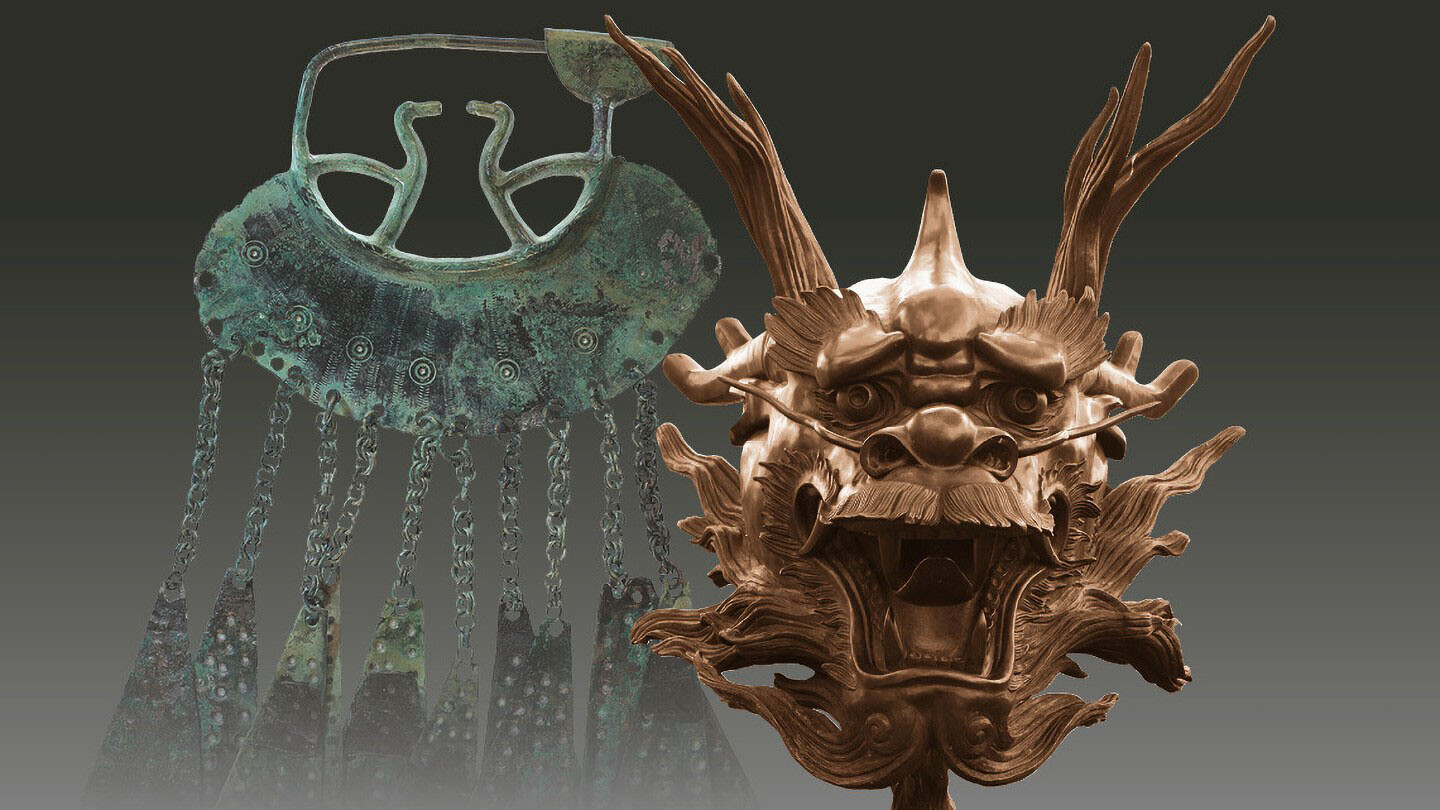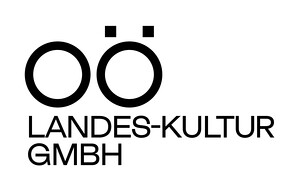Transcending Borders
Dialogue with the Hallstatt Culture
June 13–October 27, 2024
Works by the renowned Chinese artist Ai Weiwei (b. 1957), with which the artist sometimes refers to the earliest Chinese dynasties, stand alongside important archaeological finds from the Hallstatt period (800–450 BC) and create a unique space for a dialogue between art and history, a fascinating encounter between two worlds. The Hallstatt culture, an important prehistoric culture in Central Europe, left behind impressive archaeological finds. The exhibition shows a selection of these discoveries, including ceramics, jewelry and tools from the collections of the Upper Austrian Provincial Museum, giving visitors an insight into the life and culture of the Hallstatt period.
The exhibition in Bad Ischl—European Capital of Culture Bad Ischl Salzkammergut 2024 —presents these objects not only as historical artifacts, but also as a connection to our ancestors and as a source of inspiration for contemporary art. The archaic works of art by Ai Weiwei, presented in showcases specially designed by him, ingeniously complement the collection. The result is an exciting dialogue that raises questions about identity, tradition and human heritage. In the Kaiserpark, a captivating encounter unfolds between the Marmorschlössl and the wooden beam construction of an original Chinese manor house from the Qing dynasty (1644–1911 AD), while the monumental zodiac heads by Ai Weiwei enter into a dialogue with the imperial villa. Ai Weiwei’s “Zodiac Heads” represent a reinterpretation of the fountain figures that once stood in front of the imperial summer palace in Beijing and were destroyed during the First Opium War (1839–1842). Now they stand in correspondence with the summer residence of the former Austrian Emperor Franz Joseph I in Bad Ischl, where he signed the declaration of war against Serbia which led to a global tragedy. Despite the differences between the two cultures, the juxtaposition makes it clear how closely connected they are.



